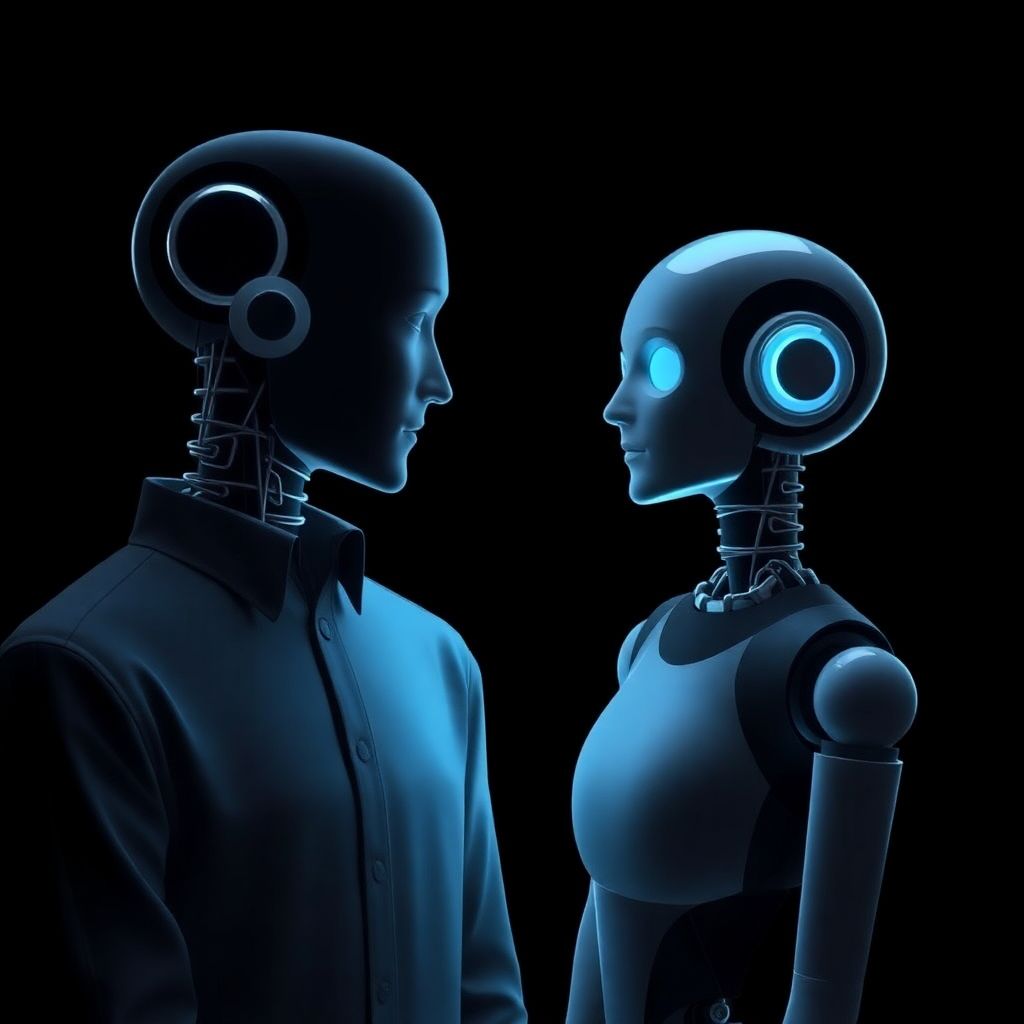Ohio Lawmakers Propose Ban on Marriages Between Humans and Chatbots
A new bill introduced in the Ohio state legislature seeks to formally prevent any legal recognition of relationships between humans and artificial intelligence systems. The proposed legislation, House Bill 469, spearheaded by State Representative Thaddeus Claggett, states that AI entities must be legally considered non-sentient and are therefore ineligible to act as spouses, domestic partners, or any form of life companion under state law.
While the idea of marrying a chatbot may seem far-fetched to some, the issue has gained increasing attention as advancements in generative AI tools have allowed for the creation of highly personalized, emotionally responsive virtual companions. These AI tools, often presented in the form of chatbots, are capable of natural conversation, emotional mimicry, and even simulating romantic affection. Some individuals have gone so far as to hold symbolic marriage ceremonies with their AI partners.
These ceremonies, of course, hold no legal standing in any jurisdiction, including Ohio. However, the growing prevalence of such relationships—where users report deep emotional bonds with AI systems—has prompted lawmakers to address the implications before technology and societal norms evolve further.
Claggett’s bill defines AI as software designed to replicate or simulate human behavior, cognition, or conversation, and firmly asserts that such systems lack consciousness, self-awareness, or any rights typically afforded to sentient beings. The measure aims to make it explicitly illegal for the state to recognize any legal union between a person and an AI system, regardless of whether the AI is embodied in a humanoid robot or exists purely as a virtual assistant.
This legislative initiative arises amid broader debates over the ethical, legal, and psychological consequences of human-AI relationships. As AI continues to blur boundaries between machine and human interaction, questions about identity, consent, companionship, and emotional well-being have emerged. Some experts argue that emotional reliance on AI could have profound societal effects, including increased isolation, reduced human-to-human interaction, and the reinforcement of unrealistic expectations in relationships.
Despite the lack of legal precedent for AI marriage, platforms that offer AI companions—sometimes marketed as romantic or sexual partners—have surged in popularity. These services use advanced algorithms to adapt to a user’s preferences, respond empathetically, and maintain continuity in conversations. Users have described feelings of love, trust, and even dependency on these virtual partners.
Opponents of House Bill 469 argue that the legislation is a premature response to a phenomenon that remains largely symbolic and non-threatening. They assert that people should have the freedom to form whatever connections they choose, especially if those connections offer comfort or mental health benefits. Others worry that banning such unions could set a precedent for restricting the rights of individuals to interact with emerging technologies in personal ways.
Supporters of the bill counter that the legislation is necessary to draw ethical and legal boundaries before AI becomes more advanced and more integrated into daily life. They emphasize that granting legal recognition to AI as a life partner could lead to a host of legal complications, including matters of inheritance, tax status, healthcare decision-making, and more.
Beyond the marriage question, the bill also opens the door to a larger conversation about the legal status of AI entities. If passed, Ohio would be among the first states to formally define AI systems as non-sentient under law, which could influence future legislation on AI rights, personhood, and responsibilities.
The proposed law does not aim to regulate how people engage with AI in private settings—users would still be free to interact with chatbot companions, romantic or otherwise. Instead, the bill seeks to ensure that such interactions do not receive any form of legal legitimacy or equivalence to human relationships under Ohio’s legal framework.
In the broader context, the legislation reflects growing global concern over the integration of artificial intelligence into intimate areas of human life. In countries around the world, from Japan to the United States, people have reported forming relationships with AI companions. In some cases, these relationships are pursued as alternatives to traditional romantic partnerships, particularly among individuals facing isolation or emotional trauma.
Psychologists remain divided on the potential impact of such bonds. While AI companionship can offer emotional support and help people cope with loneliness, critics argue that it may hinder users from forming genuine human connections and developing healthy interpersonal skills.
There is also the ethical question of whether AI systems—no matter how advanced—can ever truly consent to a relationship, a foundational principle in any human partnership. Without consciousness or free will, AI chatbots cannot reciprocate feelings or make autonomous decisions, which raises concerns about the authenticity and morality of these interactions.
As AI technology progresses, experts predict that such legal and ethical dilemmas will become more frequent and complex. Some researchers advocate for the development of ethical standards and regulatory frameworks to guide the integration of AI into personal and social spheres, rather than relying on blanket bans or reactive legislation.
In the meantime, Ohio’s House Bill 469 represents a clear stance: while artificial intelligence may simulate companionship, it cannot—and should not—be treated as a substitute for human relationships in the eyes of the law. The state aims to draw a firm line between emotional simulation and legal recognition, preserving the foundational human elements required for marriage and partnership.
The bill is currently under review and will proceed through Ohio’s legislative process. If passed, it will set a precedent that could influence how other states and countries approach the rapidly evolving intersection of technology, emotion, and identity.

